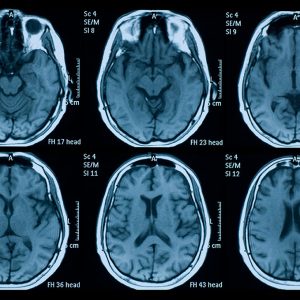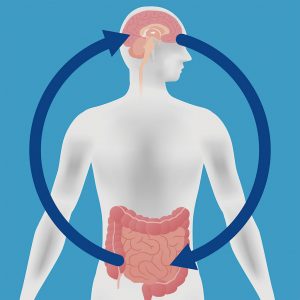Research on the function of the microbiota on the gut-brain axis using imaging technologies and their clinical application “. PROMETEO project, Generalitat Valenciana. Coordinator: Prof. Yolanda Sanz; Principal Investigators (PI) of the Institute of Neuroscience: Dr. Santiago Canals and of UPV Dr. David Moratal.
This project aims at investigating the impact of the intestinal microbiota on the gut-brain axis and identifying biomarkers of its functions over the central nervous system through the combination of omics analyses and magnetic resonance imaging of the brain (MRI) in study models of alcohol abuse disorder. The ultimate purpose is to evaluate the possible use of this technique and the identified biomarkers in clinical practice.
Objectives
- Develop an analysis platform based on machine learning techniques to combine multimodal, structural, and functional brain imaging, which allows defining brain states, including possible differences according to gender/sex
- Extract image fingerprints that reflect the gut microbiota-brain interaction in a model of disorder derived from alcohol abuse in males and females
- Establish the causal effects of gut microbiota transplants or specific intestinal bacteria on the gut-brain interaction in the study model and its relationship with the sex of the individual
- Transfer the developed analysis platform to humans, using data from alcoholic patients
Strategy
- Use of animal models of alcohol abuse demonstrating functional (MRI functional, fMRI) and structural (diffusion imaging, DTI) associations with parameters of the microbiota indicative of intestinal dysbiosis
- Perform microbiota transplants in order to identify causal relationships between intestinal dysbiosis and alterations in the brain’s functional structure, as well as its behavioral correlate (symptoms that characterize alcohol abuse) in the model
- Design interventions with specific intestinal bacteria to restore intestinal dysbiosis and study its efficiency at the brain and behavioral level in the alcohol abuse model
- Clinical translation of the results using multimodal brain imaging data from a cohort of alcoholic patients in the context of an international consortium. All studies will consider the dimension of gender/sex and other variables (socio-economics, cultural, etc.)
Impact
- Improved precision of the results of the analysis on brain microstructure and functional connectivity in the alcohol abuse model that is considered the “gold standard”
- Implementation of a new analysis platform to investigate the gut-brain connection
- Understand causality between the structural and/or functional alterations identified in our model and specific microbiota signatures and whether this depends on sex
- Demonstration of the possible use of gut-directed treatments for pathologies of the central nervous system and their application to alcohol abuse disorders.
- Clinical implementation of biomarkers based on multimodal brain imaging taking into account gender/sex specificities or other biologic and environmental variables (socioeconomic status, ethnicity, etc.)





